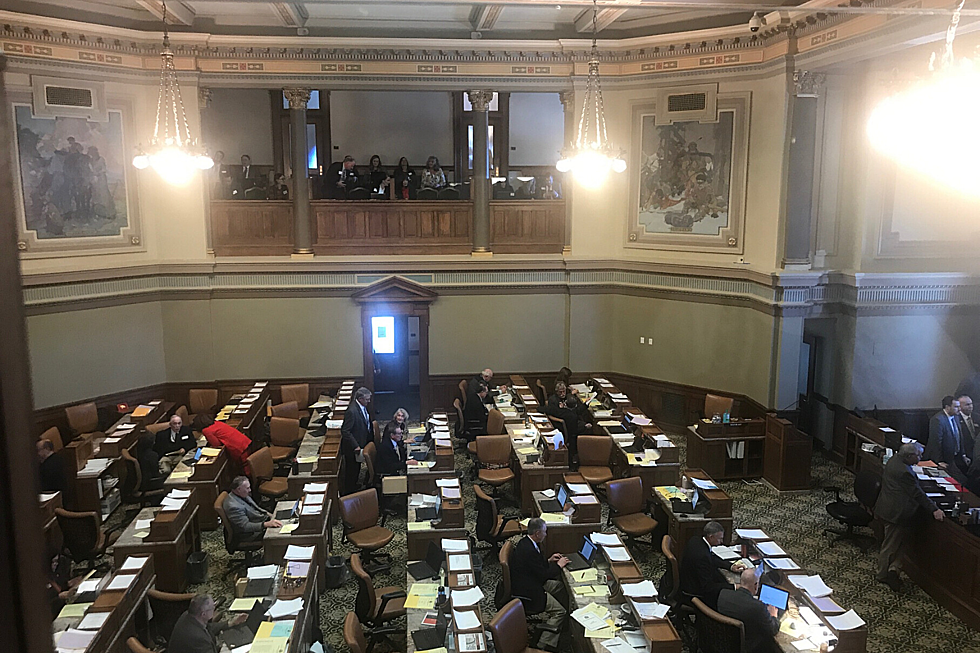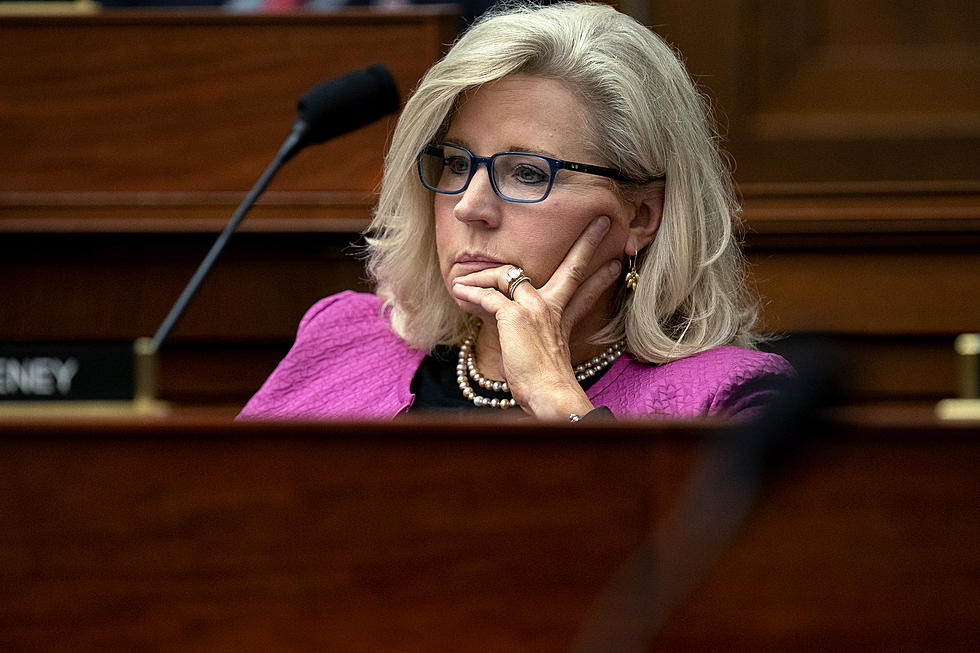![Graffiti in Casper: Vandalism or Art? [PHOTOS]](http://townsquare.media/site/103/files/2022/02/attachment-RS44068_IMG_2162-scr.jpg?w=980&q=75)
Graffiti in Casper: Vandalism or Art? [PHOTOS]
Graffiti has been taboo since the times of ancient Egypt where they would mark cult hideouts, ancient Greece to praise or defy the gods, and was even considered a huge problem during the roman empire where it was used to oppose their government. It was a very common form of protest, and in those times, graffiti usually came with more than vandalism, but also destruction of property.
It was adopted in the 50's and 60's, by both sides of the protests for civil rights and desegregation. Whether it was spray paint on racist establishments or on predominantly black and colored churches, graffiti was only a tool for protest, vandalism, and to get a point across. Anytime the word graffiti was used, it was unsavory, and left a poor taste in one's mouth.
Since then, Graffiti over time has changed into its own art style. Having been re-adopted into urban culture, it saw most of its growth from the late 70's through the early 90's. With the normalization of pop art and tagging, graffiti had a major resurgence being cultivated into a new medium of art, instead of just being used as protest or warning.
What we know as graffiti today has become a huge piece of pop culture. We can even select it as a font to make our presentations or images look "cool" and "hip". There are still those who vandalize using graffiti, but it seems to have become separated from the word instead of being synonymous.
Graffiti: Vandalism or Art?
Pictures of the Stunning Popo Agie Wilderness Area in Wyoming
UP NEXT: Top 11 Absolute WORST Parking Lots in Casper
More From Wake Up Wyoming









